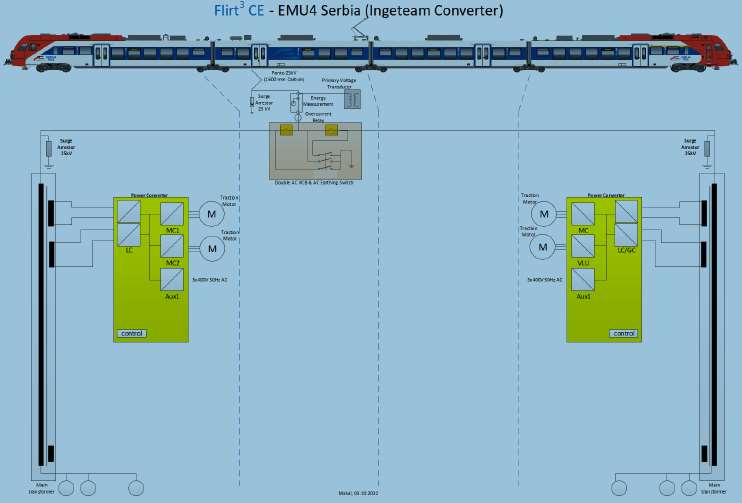Thermochemistry of the dissolution of tetra-4-sulfophthalocyanine nickel in aqueous solutions KОН at 298.15 K
Abstract
We have obtained a nickel tetra-4-sulfophthalocyanine complex, soluble in water. The standard enthalpies of formation of a compound can be considered as the sum of the additive group contributions of fragments of these molecules. We assessed this value using a method based on group systematics with a Benson-type classification of fragments, taking into account the influence of the primary environment of the atoms. In order to obtain the value of the contribution of Ecompl(N)4-Ni, we used the bomb calorimetry method. The enthalpy of combustion of tetrakis (4-methoxyphenyl) porphine and its complex with nickel tetrakis (4-methoxyphenyl) porphine nickel were experimentally determined. Thermal effects of dissolution of crystalline nickel tetra-4-sulfophthalocyanine in aqueous solutions of various KOH concentrations (from 0.002 to 0.02 mol∙L−1) at 298.15 K were determined by the direct calorimetric method. The measurements were carried out in a calorimeter with an isothermal shell equipped with a reaction vessel with a volume of 60 cm3, electric calibration at T = (293.15–308.15) ± 0.01 K and P = 100.5 ± 0.7 kPa, and automatic temperature registration. The standard enthalpy of formation of dissociation products of the tetra-4-sulfophthalocyanine complex with nickel in an aqueous solution has been calculated.
References
[1]Islam ZU, Tahir M, Syed WA, et al. Fabrication and Photovoltaic Properties of Organic Solar Cell Based on Zinc Phthalocyanine. Energies. 2020; 13(4): 962. doi: 10.3390/en13040962
[2]Potlog T, Furtuna V, Rotaru C, et al. Material Properties of Zinc Phthalocyanine from FA Solution and Application in Organic Solar Cells. International Journal of Industrial Electronics and Electrical Engineering. 2018; 6(1): 40-46.
[3]Znoyko SA, Elizavarova AP, Kustova TV, et al. Erbium and sandwich-type lutetium complexes containing fragments of tetraanthrachinoporphirazine and substituted phthalocyanines. Izvestiya vysshikh uchebnykh zavedenii khimiya khimicheskaya tekhnologiya. 2021; 64(4): 42-51. doi: 10.6060/ivkkt.20216404.6380
[4]Koifman OI, Ageeva TA, Beletskaya IP, et al. Macroheterocyclic Compounds - a Key Building Block in New Functional Materials and Molecular Devices. Macroheterocycles. 2020; 13(4): 311-467. doi: 10.6060/mhc200814k
[5]Shaposhnikov GP, Kulinich VP, Maizlish VE. Modified Phthalocyanines and Their Structural Analogues. Krasand; 2012. p. 480.
[6]Maizlish VE, Shaposhnikov GP. Properties of Sulfoand Carboxy-Phthalocyanines. Advances in Porphyrin Chemistry. St. Petersburg State University; 2004. pp. 327-355.
[7]Mironov AF. Lanthanide porphyrin complexes. Russian Chemical Reviews. 2013; 82(4): 333-351. doi: 10.1070/rc2013v082n04abeh004300
[8]Petrov OA, Osipova GV, Maizlish VE, et al. Reactivity of Tetrakis(4-tert-butyl-5-phenylsulfanyl) phthalocyanine in Acid–Base Interactions with Organic Bases. Russian Journal of Organic Chemistry. 2021; 57(9): 1428-1434. doi: 10.1134/s1070428021090074
[9]Shaposhnikov GP, Kulinich VP, Maizlish VE. Electrophysical, photoelectrophysical and optical properties of modified phthalocyanine. In: Golubchikova OA (editor). Advances in Porphyrin Chemistry. St. Petersburg: Research Institute of Chemistry of St. Petersburg State University; 1999. pp. 190-222.
[10]Weber JH, Busch DH. Complexes Derived from Strong Field Ligands. XIX. Magnetic Properties of Transition Metal Derivatives of 4,4’,4",4’’’-Tetrasulfophthalocyanine. Inorganic Chemistry. 1965; 4(4): 469-471. doi: 10.1021/ic50026a007
[11]Maizlish VE, Mochalova NL, Snegireva FP, Borodkin VF. Synthesis and spectral properties of sulfonic acids of macroheterocyclic compounds and their metal complexes. Chemistry and Chemical Technology. 1986; 28(1): 3-20.
[12]Lytkin AI, Chernikov VV, Krutova ON, Skvortsov IA. Standard enthalpies of formation of L-lysine and the products of its dissociation in aqueous solutions. Journal of Thermal Analysis and Calorimetry. 2017; 130: 457-460. doi: 10.1007/s10973-017-6134-6
[13]Wadsö I, Goldberg RN. Standards in isothermal microcalorimetry (IUPAC Technical Report). Pure and Applied Chemistry. 2001; 73(10): 1625-1639.
[14]Volkov AV, Platonocheva OY, Krutova ON, Degrees VB. The standard enthalpy of the formation of L-phenylalanine and its dissociation products in aqueous solution. Chemistry and Chemical Technology. 2009; 52(4): 7-10.
[15]Tachistov AV, Ponomarev DA. Organic mass spectrometry (Russian). VVM; 2002. p. 346.
[16]Kizin AN, Lebedev YA. Calculation of enthalpy of formation of poly-substituted aliphatic compounds in the solid phase. Docl. USSR Academy OF Sciences. 1982; 262(4): 914.
[17]Krutova ON, Chernikov VV, Volkov AV, et al. Enthalpies of dissolution of 2,3-dicyano-5,7,7-trimethyl-6,7-dihydro-1h-1,4-diazepine in KOH aqueous solutions at 298.15 K. Journal of Molecular Liquids. 2020; 313: 113634. doi: 10.1016/j.molliq.2020.113634
[18]Tarasov RP, Volkov AV, Bazanov MI, et al. The standard enthalpies of combustion and formation of crystalline cobalt tetrakis(4-metoxyphenyl) porphin complex. Russian Journal of Physical Chemistry A. 2009; 83(5): 868-869. doi: 10.1134/s003602440905032x
[19]Vasiliev VP. Thermodynamic Properties of Electrolyte Solutions. Nauka; 1982.
[20]Glushko VP (editor). Thermal Constants of Substances: A Handbook (Russian). VINITI; 1971.
[21]Meshkov AN, Gamov GA. Mathematical Processing of Experimental Data Obtained with Ampoule and Titration Calorimeters Equipped with Different Types of Cells. Zhurnal fizicheskoy khimii. 2023; 97(2): 204-209. doi: 10.31857/s0044453723020164
[22]Tyunina EYu, Krutova ON, Lytkin AI. Determination of the complexation parameters of L-asparagine with some biologically active pyridine derivatives in aqueous solutions from calorimetric results. Thermochimica Acta. 2020; 690: 178704. doi: 10.1016/j.tca.2020.178704
[23]Krutova ON, Maizlish VE, Lytkin AI, et al. Thermochemistry of the Dissolution of Tetra-4-carboxymetallophthalocyanines in Aqueous Solutions of KOH at 298.15 K. Zhurnal fizicheskoy khimii. 2023; 97(2): 199-203. doi: 10.31857/s0044453723020115
[24]Krutova ON, Maizlish VE, Chernikov VV, et al. Thermochemistry of the Dissolution of Tetra-4-(4’-carboxyphenyoxy)- and Tetra-4-(4’-carboxyphenylthio) phthalocyanines of Copper in Aqueous Solutions of KOH at 298.15 K. Zhurnal fizicheskoy khimii. 2023; 97(6): 794-799. doi: 10.31857/s0044453723060134
Copyright (c) 2024 Olga Krutova, Vladimir Maizlish, Michael Bazanov, Viktor Chernikov, Alexey Volkov, Pavel Krutov

This work is licensed under a Creative Commons Attribution 4.0 International License.





.png)


